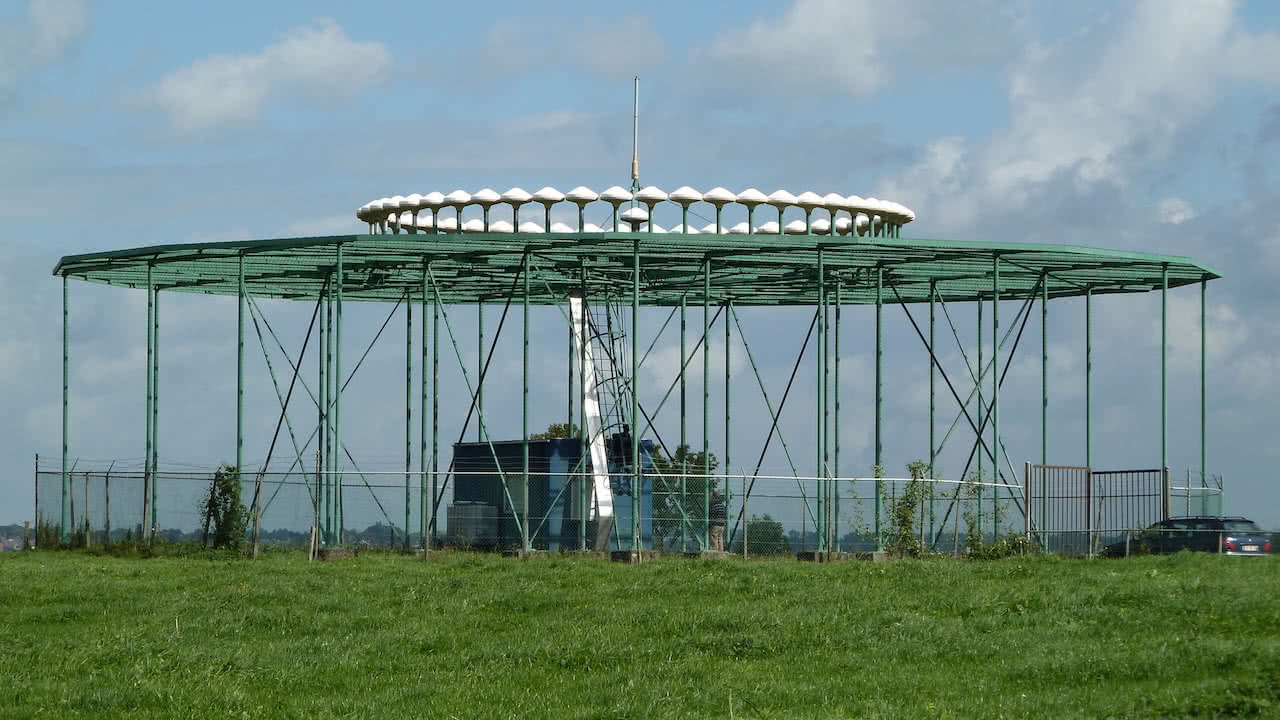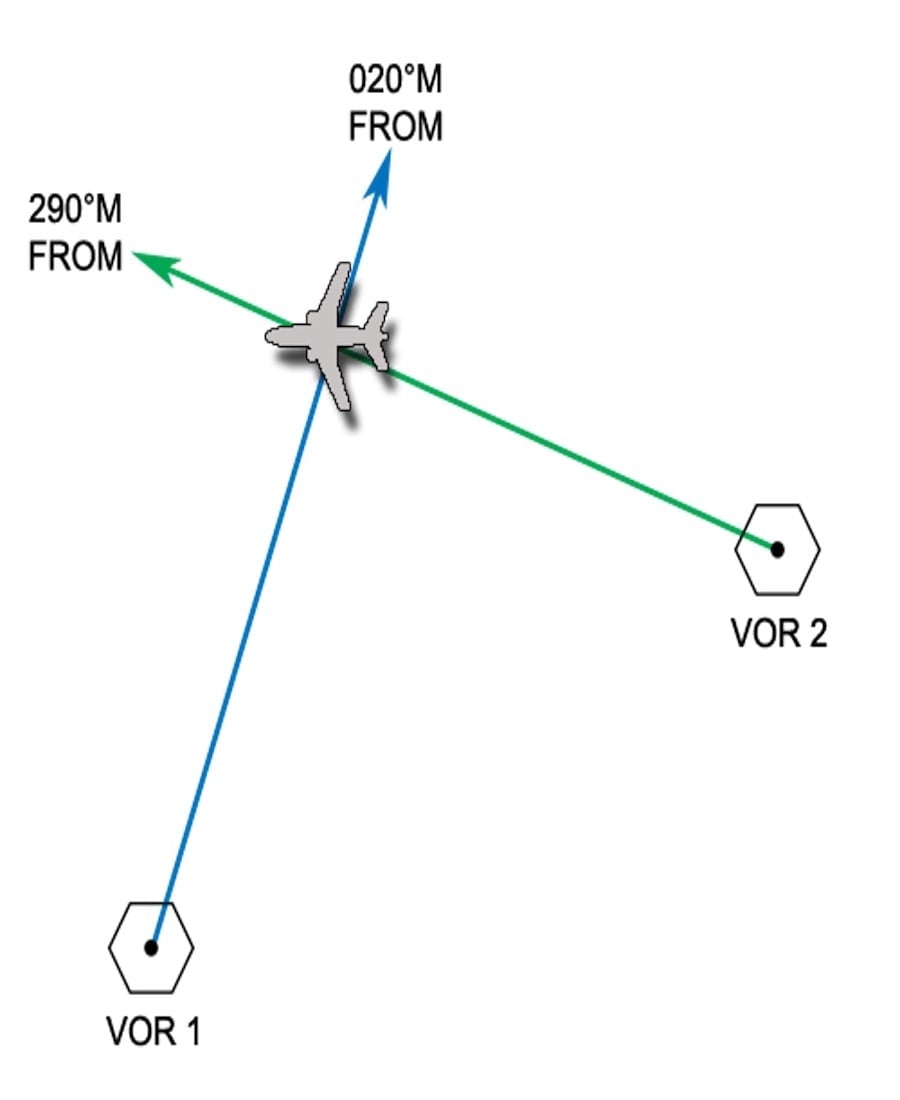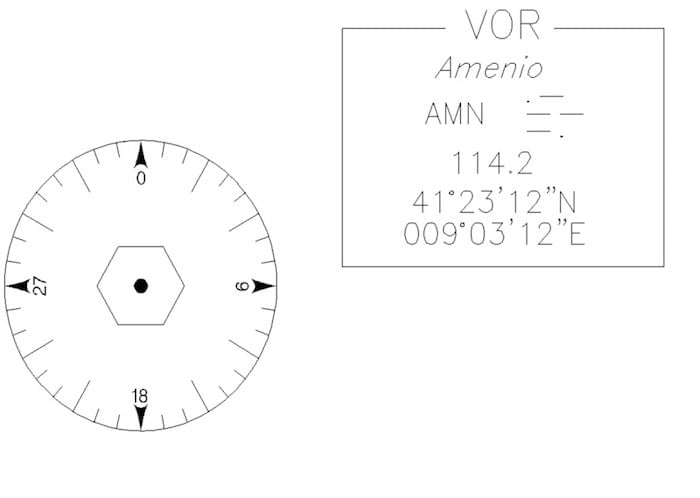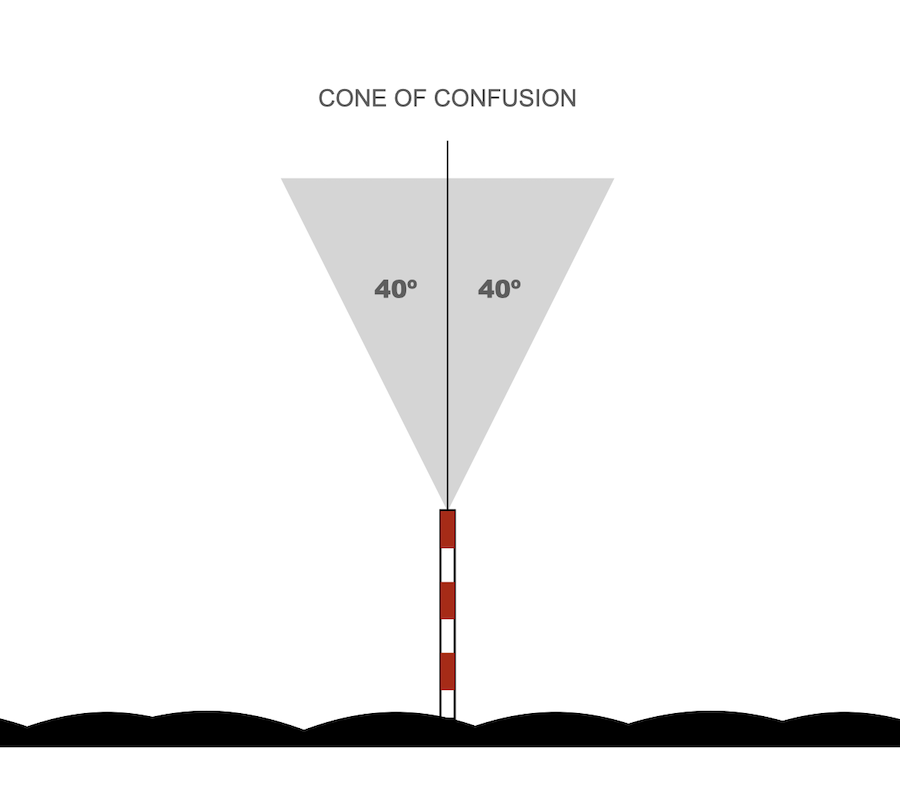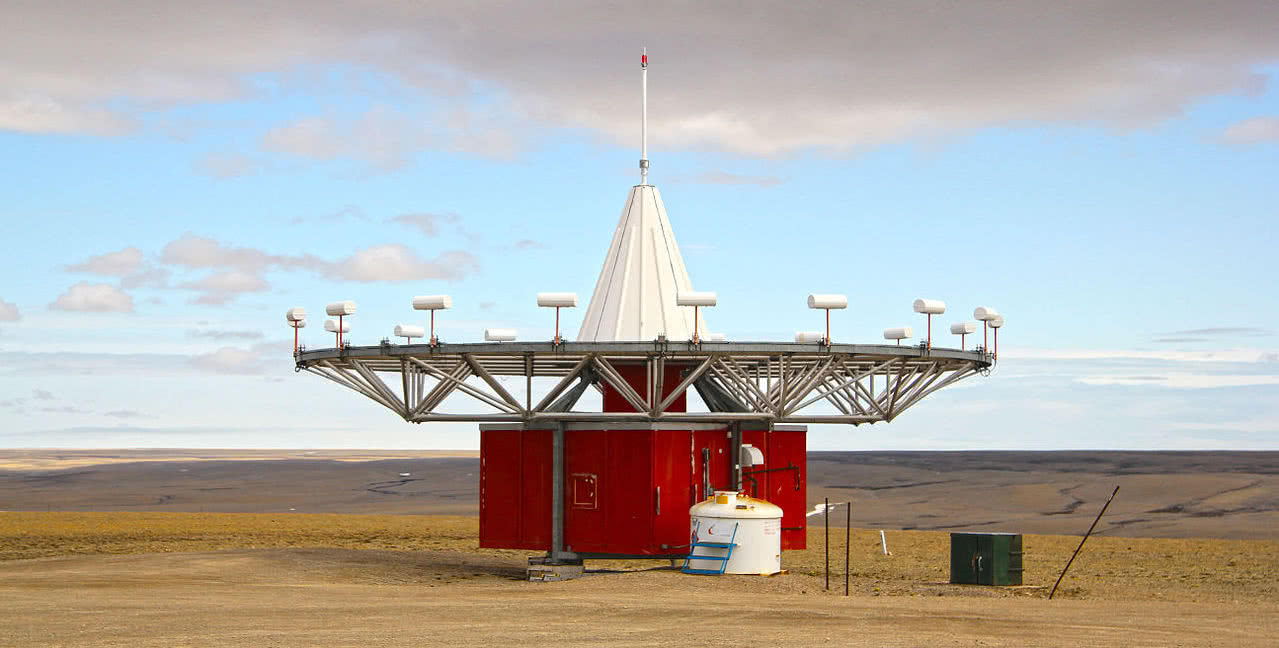If you’d like to become a commercial pilot, you not only need to know how to use all the current navigation systems; but it is also important that you have knowledge about their origins and what it was like to fly aeroplanes in the past. We will therefore look at what is VOR in aviation and also what is DME.
At present, there are a variety of systems that help fly planes, there are planned routes and aeroplanes have sophisticated instrumentation. But how was all this done previously? Stay and find out as it is really interesting… We promise!

